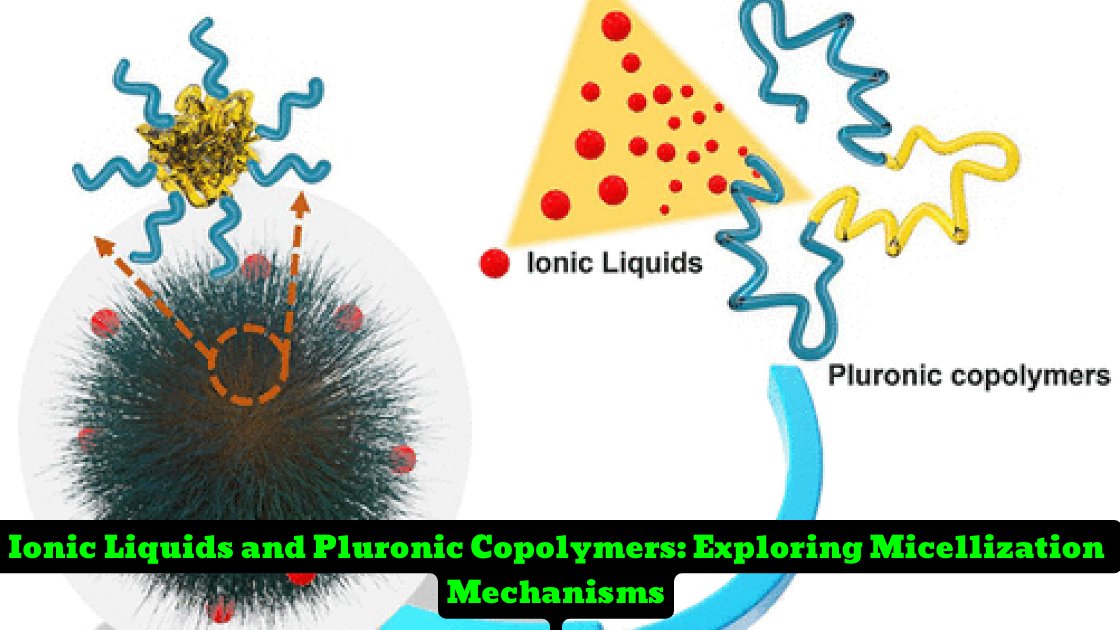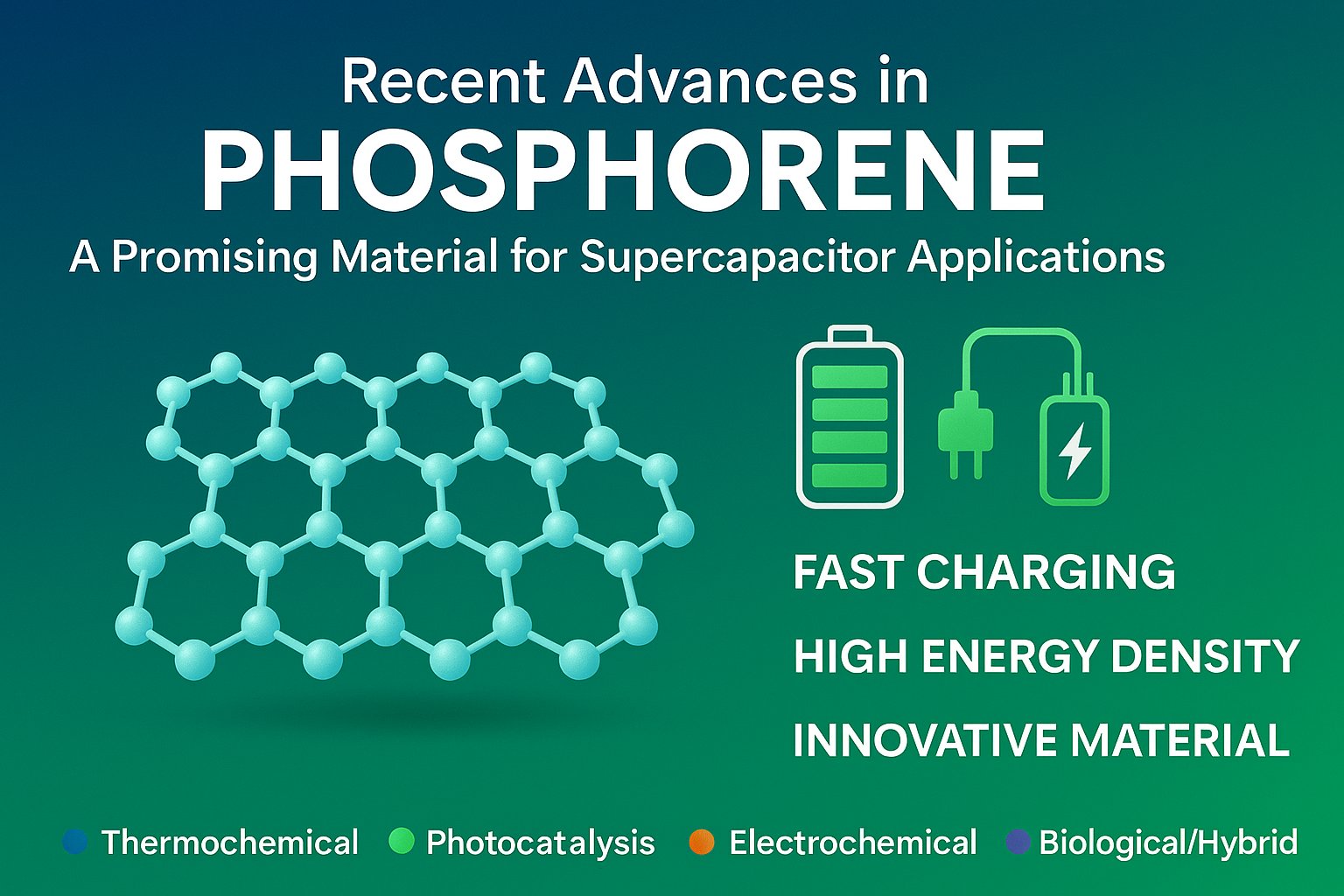Researchers from the University of Delhi have published a paper exploring the effects of ionic liquids (ILs) on the micellization process of Pluronic copolymers. Their findings have important implications for the development of sustainable separation systems and responsive formulations.
Key Points:
- The aggregation mechanism of Pluronic copolymers depends on factors such as chain length, PPO/PEO ratio, concentration, and temperature.
- ILs have been studied as cosolvents for modulating the micellization of Pluronic copolymers and to avoid self-aggregation and formation of mixed micelles in the presence of ionic surfactants.
- The effects of different concentrations of ILs on the aggregation mechanism of Pluronic F108, F68, and L35 blocks were investigated using molecular dynamics simulation and the SANS technique.
- The results showed that the solvatophobic interactions were stronger in the presence of tetrafluoroborate ionic liquid than in the absence of bmimPF6.
- The understanding of Pluronic aggregation in the presence of ILs will be helpful for designing Pluronic-based responsive formulations for sustainable separation systems.
The researchers used molecular dynamics simulation and the SANS technique to investigate the effects of different concentrations of ILs on the micellization process of Pluronic copolymers. They found that the solvatophobic interactions were stronger in the presence of tetrafluoroborate ionic liquid than in the absence of bmimPF6.
The results of these studies revealed the role of choline-based IL in modulating the micelle microstructures and different interactions that are present in PEO and PPO block and IL. However, there are still many questions that need to be answered, such as the rearrangement of water around copolymer and its influence on inter micelle interactions in the presence of Ils.
More systematic studies on Pluronic/IL mixtures especially surface active ionic liquids (SAILs) from a thermodynamic point of view are needed which can provide more valuable information related to the dehydration mechanism. Furthermore, studies related to the influence of a binary IL mixture are needed to explore competitive interactions in the mixed systems for obtaining fundamental knowledge in amphiphilic triblock copolymers.
The researchers are confident that a better understanding of Pluronic aggregation in the presence of ILs will be helpful for designing Pluronic-based responsive formulations for sustainable separation systems.
Ionic Liquids Mediated Micellization of Pluronic Copolymers: Aggregation Behavior of Amphiphilic Triblock Copolymers
Kumar; Umapathi; Venkatesu 2023. 2107−2120
Full-text link: https://doi.org/10.1021/acs.jpcb.2c05683
What this paper is about
- Chemical structure of different Pluronic copolymers with varying hydrophilic and hydrophobic blocks.
- 2025 Different studies have been performed to explore the effect of various ionic surfactants on the micellization process of Pluronic copolymers.
- Therefore, to avoid self-aggregation and formation of mixed micelles in the presence of ionic surfactants, ILs have been widely studied as cosolvents for modulating the micellization of Pluronic copolymers.
What you can learn
- Apart from the properties of ILs, the aggregation mechanism of the copolymer also depends on the features of the Pluronic such as chain length, PPO/PEO ratio, concentration, and temperature.
- In the presence of a similar ionic liquid, different results were obtained for F127, P123, and L121.
- The major challenge in providing a clearer picture is the complexity of the system where many variable factors are present such as, for ILs, functional group, chain length, type of cation/ anion, the charge on the anionic group, ionic strength, viscosity, concentration, surface tension, solvophobicity, and for Pluronics, PPO/PEO ratio, chain length, type of solvent, and biased interactions with the cosolvent.
Core Q&A related to this research
Q: What is the focus of this paper?
A: The paper focuses on the study of the effect of different interleukins (ILs) on the micellization process of Pluronic copolymers, including molecular interactions, aggregation behavior, and the role of ILs in modulating the micelle microstructures.
Q: What are amphiphilic triblock copolymers?
A: Amphiphilic triblock copolymers are a class of polymer therapeutics that have hydrophilic and hydrophobic blocks, making them useful in drug delivery, diagnostics, and contrast agents.
Q: What factors affect the micellization of Pluronic copolymers?
A: The aggregation mechanism of Pluronic copolymers depends on factors such as chain length, PPO/PEO ratio, concentration, and temperature. The micellization process can also be affected by the presence of ILs, which have variable factors such as functional group, chain length, type of cation/anion, the charge on the anionic group, ionic strength, viscosity, concentration, surface tension, and solvophobicity.
Q: What techniques were used to study the effects of ILs on Pluronic copolymers?
A: The effects of different ILs on the micellization process of Pluronic copolymers were studied using molecular dynamics simulation, small-angle neutron scattering (SANS), NMR, viscosity measurements, chemiluminescence emission spectroscopy (FEE), and temperature-modulated optical refractometry (ITC).
Q: What is the potential application of the study?
A: The study of Pluronic copolymers in the presence of ILs could lead to the development of Pluronic-based responsive formulations for sustainable separation systems. The understanding of IL-Pluronic copolymer interactions could also aid in designing more effective drug delivery systems.
Q: What questions remain unanswered in this field?
A: The complexity of the system makes it challenging to fully understand the impact of ILs on Pluronic copolymers. Questions related to the rearrangement of water around copolymer and the influence on inter micelle interactions in the presence of ILs are still unclear. Further studies are needed to explore the competitive interactions in mixed systems and to understand the structure-property relations of Pluronic micelles.
Basic Q&A related to this research
Q: What is the main focus of the paper?
A: The paper focuses on the effects of different ionic liquids on the micellization process of Pluronic copolymers, and how these effects are influenced by various factors such as the chemical structure of the copolymers and the properties of the ionic liquids.
Q: What are Pluronic copolymers?
A: Pluronic copolymers are a type of amphiphilic triblock copolymer that has applications in various fields such as drug delivery, diagnostics, and contrast agents. They consist of hydrophilic and hydrophobic blocks and are capable of self-assembling them into micelles in aqueous solutions.
Q: What is the role of ionic liquids in the micellization process of Pluronic copolymers?
A: Ionic liquids are used as cosolvents to modulate the micellization of Pluronic copolymers and to avoid self-aggregation and the formation of mixed micelles in the presence of ionic surfactants. The paper investigates the effects of varying the anionic/cationic group and alkyl chain length of ionic liquids on the micellization of Pluronic copolymers.
Q: What are some of the factors that influence the aggregation mechanism of Pluronic copolymers?
A: The aggregation mechanism of Pluronic copolymers depends on various factors such as chain length, PPO/PEO ratio, concentration, and temperature. Additionally, the presence of different ionic liquids with varying functional groups, chain length, type of cation/anion, charge on the anionic group, ionic strength, viscosity, concentration, surface tension, and solvophobicity can also influence the aggregation mechanism.
Q: What are some of the techniques used in the paper to study the micellization of Pluronic copolymers?
A: The paper uses molecular dynamics (MD) simulation, small-angle neutron scattering (SANS), nuclear magnetic resonance (NMR), viscosity measurements, chemiluminescence emission spectroscopy (FEE), and temperature-modulated optical refractometry (ITC) to study the micellization of Pluronic copolymers in the presence of different ionic liquids.
Q: What are some of the challenges in understanding the micellization process of Pluronic copolymers in the presence of ionic liquids?
A: The complexity of the system is a major challenge, as many variable factors are present such as the properties of the ionic liquids and the chemical structure of the copolymers. Additionally, questions about the rearrangement of water around copolymer and the influence on inter micelle interactions in the presence of ionic liquids are still unclear. Therefore, more systematic and theoretical studies are needed to establish a general trend correlating experimental results.




